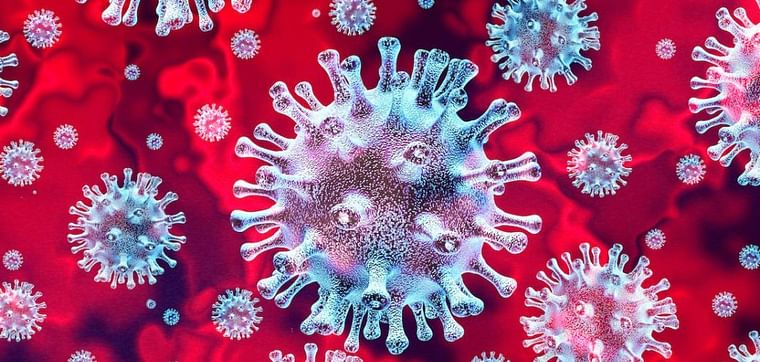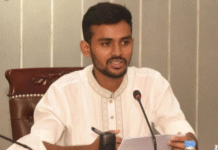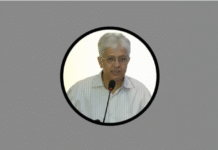
An anticipated dengue outbreak and natural calamities will aggravate the coronavirus crisis during the upcoming monsoon, according to a joint need assessment undertaken by the humanitarian stakeholders in Bangladesh.
The anticipated dengue outbreak, upcoming cyclone and monsoon seasons will further aggravate the humanitarian needs of the most vulnerable groups in the coming months.
“The anticipated dengue outbreak, upcoming cyclone and monsoon seasons will further aggravate the humanitarian needs of the most vulnerable groups in the coming months,” said the assessment.
In order to curb the transmission, the government has put in place lockdown and travel restrictions.
CARE Bangladesh hosted the Needs Assessment Working Group (NAWG) under which the government organisations, the UN agencies and non-government organisations have come together for evaluating the socioeconomic impacts caused by ongoing COVID-19 under Coordination of Humanitarian Coordination Task Team of Bangladesh, a CARE press release said.
I am personally impressed by the depth of analysis and boldness of projections presented here that provide all of us with a solid starting point in responding to the COVID-19 crisis in Bangladesh.
Walter Mwasaa
This report presents an anticipatory assessment that estimates humanitarian and developmental needs and challenges in a fast evolving crisis both locally and globally.
“I am personally impressed by the depth of analysis and boldness of projections presented here that provide all of us with a solid starting point in responding to the COVID-19 crisis in Bangladesh,” said Walter Mwasaa, interim country director of CARE Bangladesh.
He said this multi-sectoral anticipatory impact and needs analysis was conducted by following the rigorous participatory process with the contribution of more than 65 humanitarian organisations.
Rejve said the findings of this report will be effective for response planning and resource mobilisation by all the government and non-government humanitarian agencies.
Though the impacts are anticipated country wide, based on five key composite indicators risk of exposure to COVID 19 and urban critical livelihood vulnerability, demographic and social vulnerability, economic and physical vulnerability, and recurrent disaster vulnerability, the most vulnerable districts are identified.
The 20 districts identified as most vulnerable and high likely to be impacted socioeconomically are Bandarban, Netrakona, Kishoreganj, Sunamgeanj, Jamalpur, Kurigram, Patuakhali, Gaibandha, Sirajganj, Bhola, Nilphamari, Cox’s Bazar, Satkhira, Rangamati, Rangpur, Sherpur, Khulna, Barguna, Bogura and Dinajpur.










